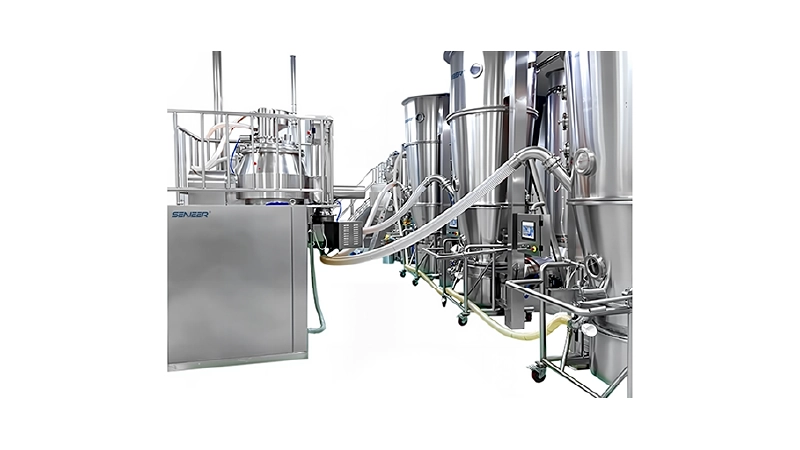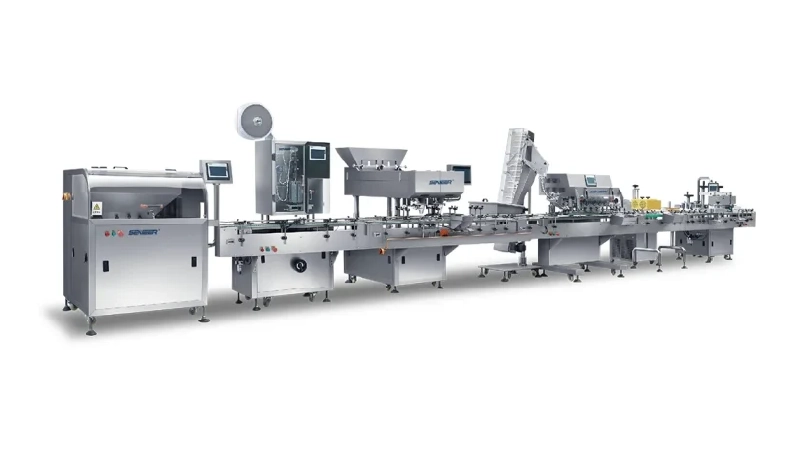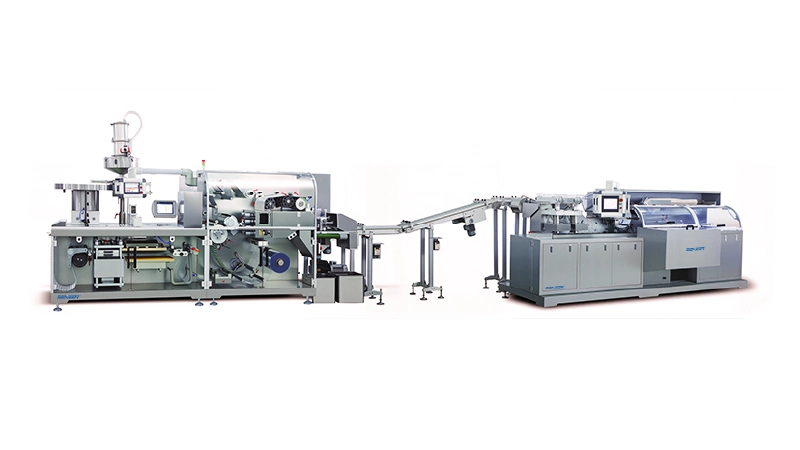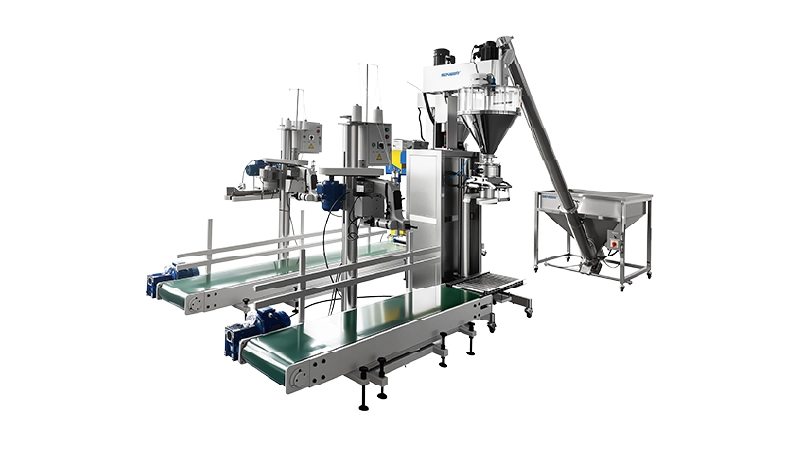In the impurity research work of compound preparations, it is necessary to adopt appropriate methods to analyze and determine the source of each impurity, conduct qualitative research and attribute it, because the determination of the impurity limit must be based on a clear attribute. For example, for toxic impurities, it is necessary to clarify the attribution in order to strictly control and set reasonable limits. Even for a trace amount of unknown impurities, the acceptable limit may be different due to different origins of the main drug, and its source should generally be determined, unless the amount of the impurity is less than the acceptable unknown impurity limit of the drug with the smallest content in the preparation. Therefore, the source attribution of impurities in compound preparations is one of the first problems to be solved in impurity research.
Judging from the current research data on impurities (related substances) in compound preparations provided by applicants for domestic drug registration, generally the HPLC method is used to separate the impurities, and then the area normalization method or self-control method (compared with each main drug peak The sum of the areas or the peak area of a certain main drug is used for comparison) to investigate the total amount of impurities. The research work carried out is not deep enough, the determined impurity limit lacks sufficient basis, and the research on impurity source attribution has not received due attention. The issue of impurity research is also one of the main issues requiring supplementary information in the review of compound preparations. The following briefly introduces the basic idea of the research on the origin and attribution of impurities in compound preparations, which can be used as a reference for registration applicants when conducting relevant research and development work.
The research on the sources of impurities in compound preparations first requires the analysis of the chemical structure, physical and chemical properties, and stability of the raw materials to preliminarily predict the degradation products that may exist in the compound preparations (analysis and prediction of impurities). The source is attributed.
Part 1 Analysis And Prediction Of Impurities
One of the sources of impurities in compound preparations is the impurities introduced during the preparation of raw materials (such as residual reaction raw materials, intermediates, side reaction products, etc.). These impurities have corresponding control methods in the quality standards of raw materials. It is not the key focus of research on impurities in preparations.
Impurities of major concern in formulations are degradation products. Through the analysis of the chemical structure, physical and chemical properties, stability, etc. of the raw materials that make up the compound preparation, the degradation products that may exist in the compound preparation can be preliminarily predicted. For example, drugs with ester bonds and amide bonds are easy to be hydrolyzed, and the impurities produced by the hydrolysis of raw materials can be basically determined through structural analysis. In addition, the stability test results of raw materials and single preparations also have important reference significance for the prediction of impurities in compound preparations. Degradation products that are prone to occur during storage of raw materials and single preparations generally also exist in compound preparations. Another example is the understanding of the stability and degradation of raw materials under high humidity, high temperature, and light conditions, which is helpful to determine the possible risks of different preparation processes (such as whether the preparation process is exposed to moisture, whether it is subjected to high temperature treatment, whether it is protected from light, etc.) Impurities: Through the analysis of the chemical structure of each API, it can be preliminarily judged whether there is an interaction between the main drugs and the possibility of impurities.
Part 2 Assigns The Source Of Impurities Through Experimental Research
On the basis of analysis and prediction of impurities, use appropriate test methods to conduct further research on the attribution of impurities in compound preparations. Experimental research should first establish a method for the separation and detection of impurities. The detection method adopted should be able to effectively separate various impurities. The sensitivity of the method should not only meet the general requirements, but also pay attention to the ability to detect impurities produced by drugs with a small content in the preparation. Due to the large number and diversity of sources of impurities in compound preparations, it is difficult to meet the separation and detection requirements by TLC method, so HPLC method is commonly used for the separation and inspection of impurities. In order to effectively separate and detect impurities, gradient elution methods should be used if necessary, or different chromatographic conditions should be used to separate and check impurities.
After research and establishment of a feasible HPLC method to effectively separate and detect each main drug, impurity, and excipient in the compound preparation, the following methods can be used to study the attribution of impurities:
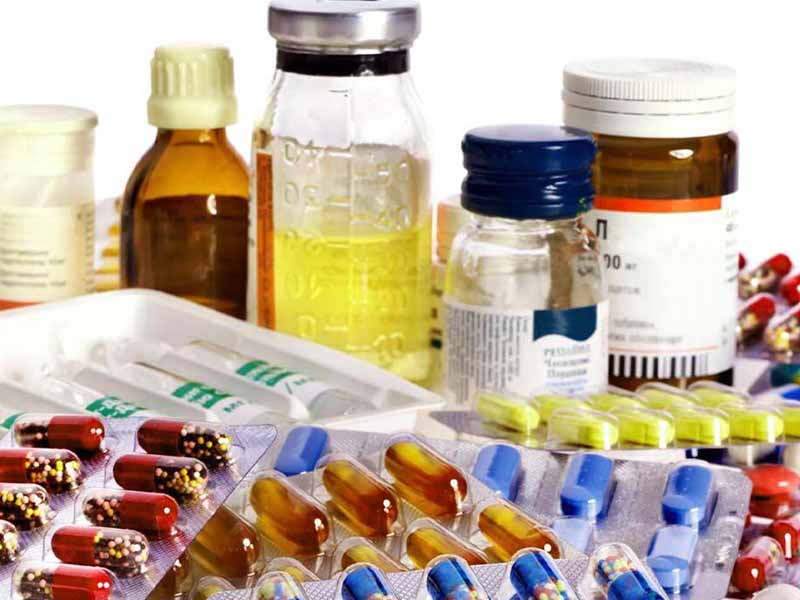
Measure the HPLC chromatograms of each raw material, raw drug mixture according to the prescription ratio, excipients, raw and excipient mixtures, and preparation samples under the determined impurity inspection chromatographic conditions, and conduct comparative research on the above-mentioned atlases to determine the peaks of the excipients in the chromatogram of the preparation. Impurity peaks introduced by each API. In addition, it is possible to preliminarily determine whether there is an interaction between the raw materials by comparing the HPLC spectra of each API with the HPLC spectra of the API mixture; by comparing the HPLC spectra of the API mixture, the HPLC spectra of the excipients, and the HPLC spectra of the mixture of raw materials It can be preliminarily determined whether there is an interaction between raw materials and auxiliary materials; by comparing the HPLC spectrum of the mixture of raw materials and auxiliary materials with the HPLC spectrum of the preparation, it can be preliminarily determined whether the preparation process has caused the degradation of the main drug and the increase of impurities.
Each raw material drug, raw material drug mixture according to the prescription ratio, excipients, raw and excipient mixtures, and preparations were tested for light, heat, and humidity factors, and the HPLC spectra of the samples before and after the test were measured and compared. The main degradation products under light, high temperature, and high humidity conditions can be assigned to the degradation products in the compound preparation, and through the above comparative studies, it can be basically determined whether there is interaction between drugs and drugs, and between drugs and excipients under severe conditions. role, whether to produce new impurities.
Accelerated stability tests were carried out on each raw material drug, raw drug mixture, excipient, raw material mixture, and preparation (the test conditions were generally selected at 40°C and a relative humidity of 75%), and the HPLC spectra of samples at different times were measured and compared. The measurement results of the preparation long-term retention sample test samples were compared. Through these research work, the attribution of each impurity in the compound preparation can be further clarified, the main degradation products of each drug under accelerated test conditions and general storage conditions can be clarified, and the basis for determining storage conditions and quality control priorities can be established.
In the above-mentioned experimental research process, in addition to focusing on the impurity inspection results and chromatographic behavior of each test sample, attention should also be paid to observing the changes in the appearance of the samples, the main drug content, etc., so as to corroborate the results of the impurity inspection. In addition, through the above-mentioned experimental research process, it can be further verified whether the inspection method and chromatographic conditions adopted can effectively separate and detect the impurities in the preparation.






